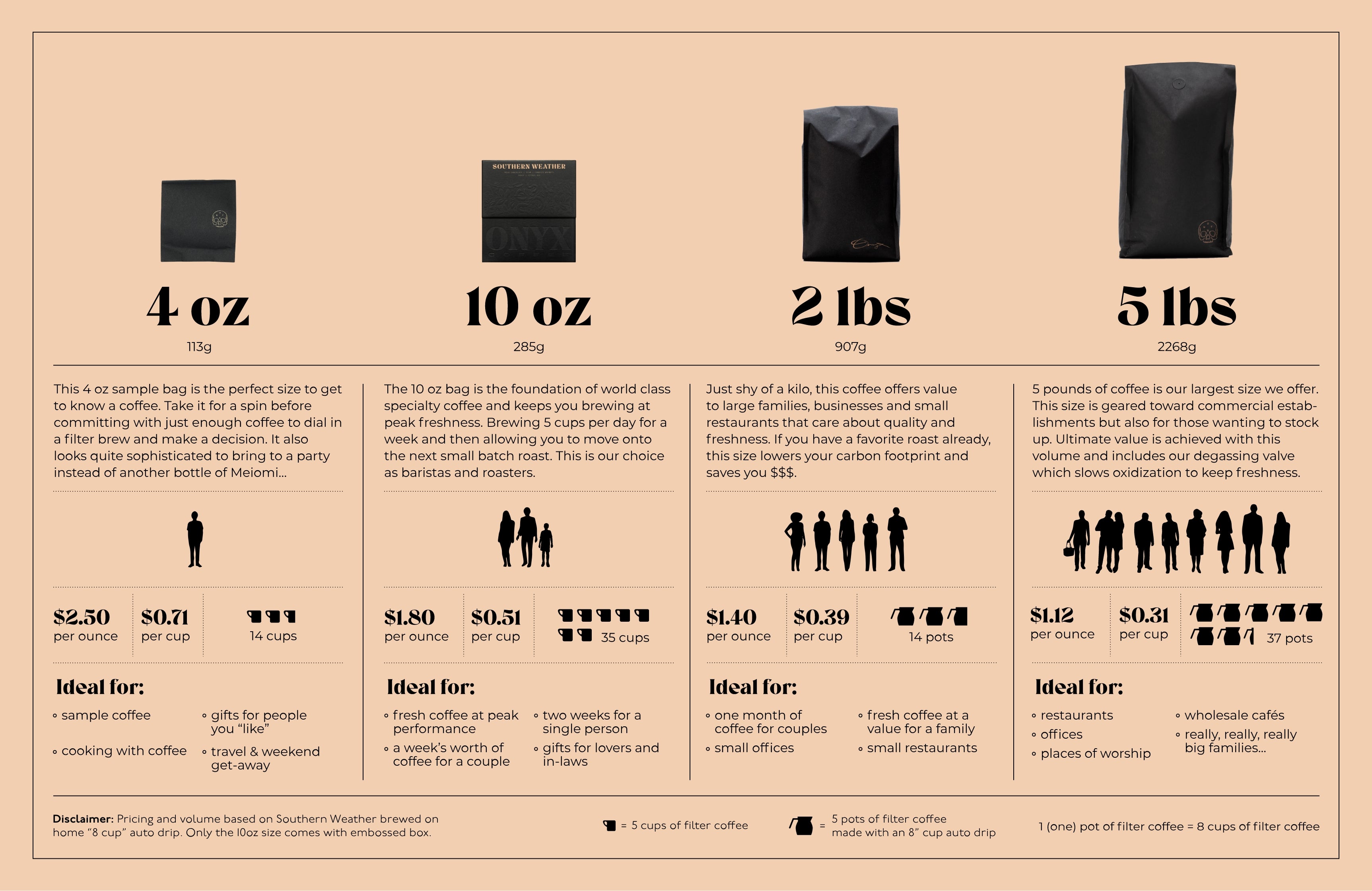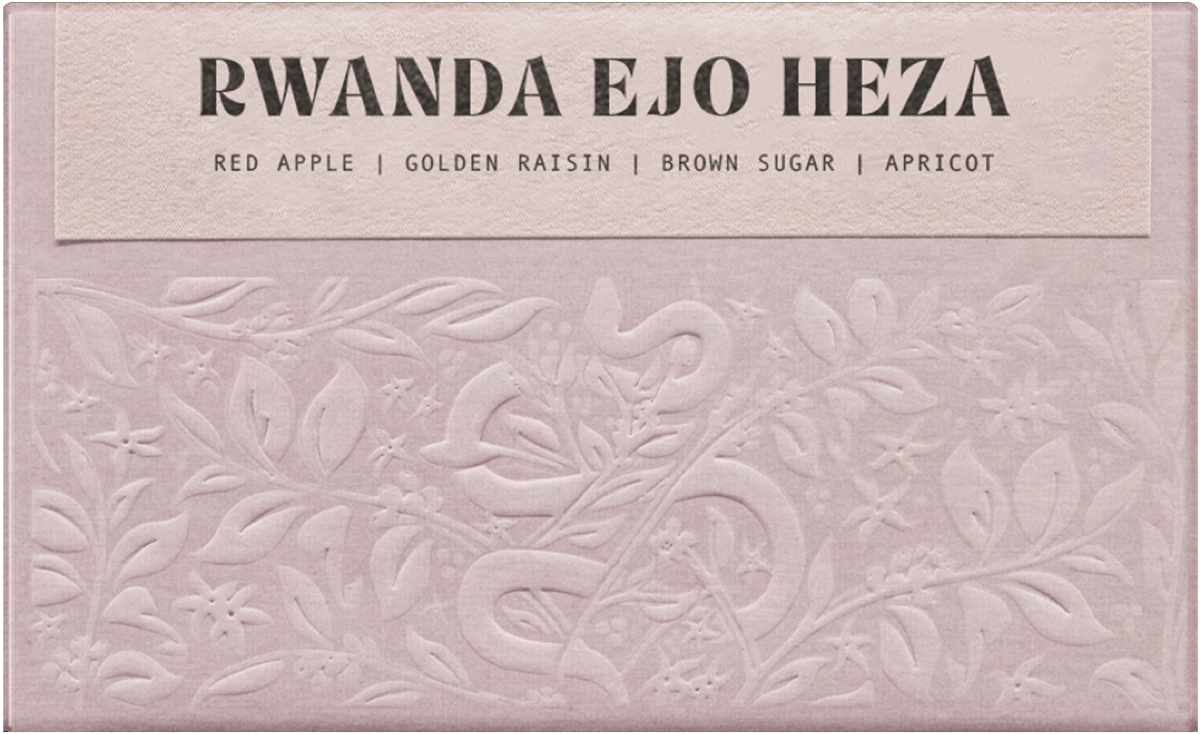Story
Ten years ago, the board of Kopakama voted to create a women’s coffee producers group, giving them two plots of land as well as agronomist support. The group called themselves “Ejo Heza,” meaning “Bright Tomorrow.” Ejo Heza began with 200 women, and today the number of members has doubled to 420 women. Throughout the year, the Ejo Heza women meet to discuss ongoing community projects, while maintaining economic and social support throughout the community. Since 2016, the community has engaged in a program to promote leadership goal-setting as well as progressively addressing gender issues within coffee production in Rwanda.
THE HISTORY AND CULTURAL CONTEXT FOR FEMALE COFFEE PRODUCERS
by Ruth Church, Artisan Coffee Imports
The historical, legal and cultural context for female coffee producers in Rwanda may be unlike that of any other country. The 1994 genocide had two long-lasting effects relevant to coffee today. First, it left a large percentage of Rwandan households headed by single women because the male spouse was either killed or in prison. Many widows never re- married, as evidenced by the fact that 14 percent of the total coffee farmer population is made up of widow heads of household, (AGLC, 2016; NAEB, 2015).
Secondly, in the wake of the genocide, women made up about 65 percent of the surviving population. They had little choice but to fill the roles once occupied by men. As civil society was being re-established, government leaders had the foresight and knowledge to constitutionalize strong participation of women. The Rwandan constitution requires 30% of all elected bodies to be women. Consequently, today 61% of the national parliament is female, the highest female representation in a national-level parliament in the world, (WEF, 2017). Further notable context is the fact that Rwanda’s National Agricultural Export Development Board (NAEB) is actively working to promote Rwandan coffee. This, combined with the government’s recognition of the importance of women’s empowerment, has helped to bring together resources for women in coffee, like the Ejo Heza women.”
WASHED PROCESSED COFFEES
The washed process begins with coffee cherries delivered to the washing station, both from the primary market or from farmers bringing their coffee directly to the mill. The cherries are inspected, and an initial quick round of hand-sorting separates the defective coffees before placing them into the hopper. They are then funneled to the disc pulper, which removes the fruit from the seeds (beans). After that phase is done, the coffee is fermented underwater for approximately 24 hours, then atypically a second day’s harvest is added on top of this fermentation. This provides ideal PH for an extended fermentation within the tanks. Once the 48-hour fermentation is complete, the parchment is emptied into the washing channels, where it is agitated with rakes. During this step, the water is refreshed twice. Once the washing is complete, the coffee undergoes the traditional “double wash,” where it rests in the soaking tank for another 12 hours, before being taken to the raised drying tables for sun drying.



